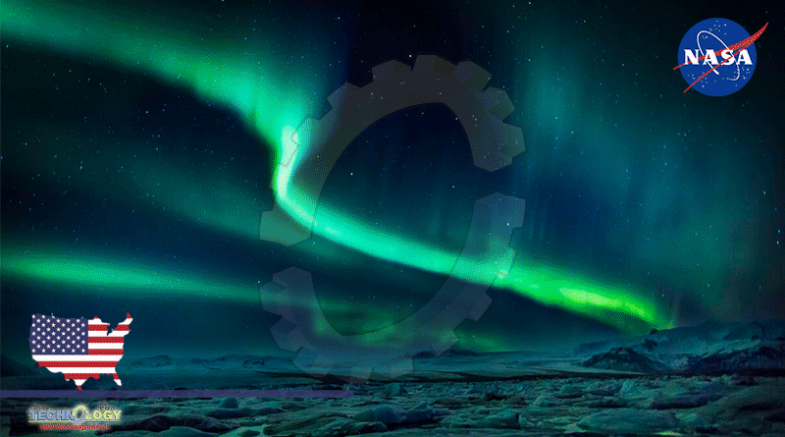The Halloween Auroras Were Spawned By A Powerful Sun Eruption Last Week. A Huge Solar Flare From The Sun

The Halloween auroras were spawned by a powerful sun eruption last week. A huge solar flare from the sun has spawned an eerie green glow over some parts of Earth in a Halloween northern lights show that has stargazers over the moon. A powerful X1 solar flare from the sun on Thursday (Oct. 28) unleashed a wave of charged particles that reached Earth last night just ahead of Halloween (Oct. 31). It spawned what scientists call a G3-class geomagnetic storm in the Earth’s upper atmosphere, and could make the northern lights (auroras typically seen around the Earth’s north pole) visible at latitudes much lower than normal.
“Impacts to our technology from a G3 storm are generally nominal,” the U.S. Space Weather Prediction Center wrote in a statement Friday (Oct. 29). “However, a G3 storm has the potential to drive the aurora further away from its normal polar residence and if other factors come together, the aurora might be seen over the far Northeast, to the upper Midwest, and over the state of Washington.” “Tonight was an actual dream,” John Weatherby, a photographer in Iceland who also creates NFTs of the northern lights, wrote on Twitter while sharing a video of the auroras. “KP7 aurora for our workshop group’s first night. So grateful they got to see this incredible show.”
The northern lights (and their south pole equivalent the southern lights) occur when charged particles from the sun’s solar wind hit particles in Earth’s upper atmosphere causing a glow visible from the surface. These particles are funneled to the Earth’s poles by our planet’s magnetic field, making them normally visible from high latitudes closer to the poles. The northern lights are known as the aurora borealis, while the southern lights are called the aurora australis. During a major solar flare (X-class flares are the most powerful), the sun can unleash powerful radiation storms and eruptions known as coronal mass ejections that send much more charged particles toward Earth than the everyday solar wind. That’s what happened during Thursday’s solar flare, which sent a coronal mass ejection toward Earth at just under 2.2 million mph (3.5 million kph), SWPC officials wrote in the statement.
That wave of particles reached Earth Saturday night, making the auroras visible and brighter at lower latitudes. Those conditions should continue through Halloween night, according to the SWPC. NASA solar scientist C. Alex Young, associate director for science at the Heliophysics Division of the agency’s Goddard Space Flight Center in Maryland, cautioned observers at lower latitudes like the U.S. Northeast, upper Midwest and Washington that the display won’t be as impressive as those farther north. You will also have to get away from city lights if you hope to see any auroras.
If you’re hoping to see the northern lights yourself, check out our guides on where and how to photograph the aurora, as well as the best equipment for aurora photography and how to edit aurora photos. If you need equipment, consider our best cameras for astrophotography and best lenses for astrophotography to make sure you’re ready for the next aurora event. Skywatchers in regions of the Earth that normally see bright auroras have reported truly dazzling aurora displays. “WHAT A NIGHT,” wrote a skywatcher named Thomas on Twitter while sharing dazzling photos of the Halloween auroras from Sweden’s Lapland region.
This news was originally published at Space
